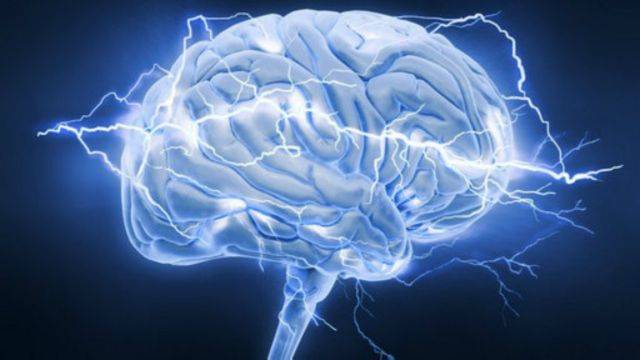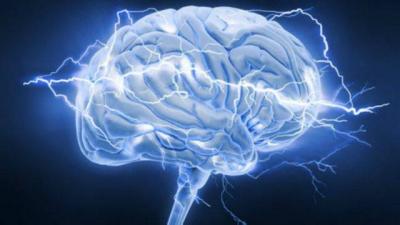Unlike what is currently known about the coronavirus targeting the respiratory system, a recent study revealed how the virus reaches the brain by tracing its path within the patient's body. Researchers presented findings at the American Physiological Society's annual meeting on Tuesday, stating that nerve cells in the spinal cord represent a pathway used by the coronavirus to access the brain.
The researchers indicated that experiments demonstrated the virus binds to proteins on the surface of nerve cells or directly to the nerve cells themselves, which may explain how it easily spreads in the brains of some individuals with COVID-19. They added that the virus also attaches to proteins found on the surface of what are called "astrocytes," which are cells in the spinal cord that protect nerve cells from damage.
These findings may provide clues on how COVID-19 causes significant neurological damage in some patients, according to the researchers. Co-author Ricardo Costa stated in a statement: "While astrocytes show higher resistance to infection, it seems that nerve cells are more susceptible to infection."
Costa, a postdoctoral fellow at Louisiana State University Health in Shreveport, USA, further noted: "These results may explain the variability of neurological symptoms among patients infected with the coronavirus. While some patients experience no neurological symptoms, others present with severe symptoms."
Research suggests that up to 10% of those infected with COVID-19 experience brain damage during their illness. For some, this may include symptoms such as loss of taste or smell, or more severe complications like bouts of confusion, delirium, or even stroke, according to Costa.




